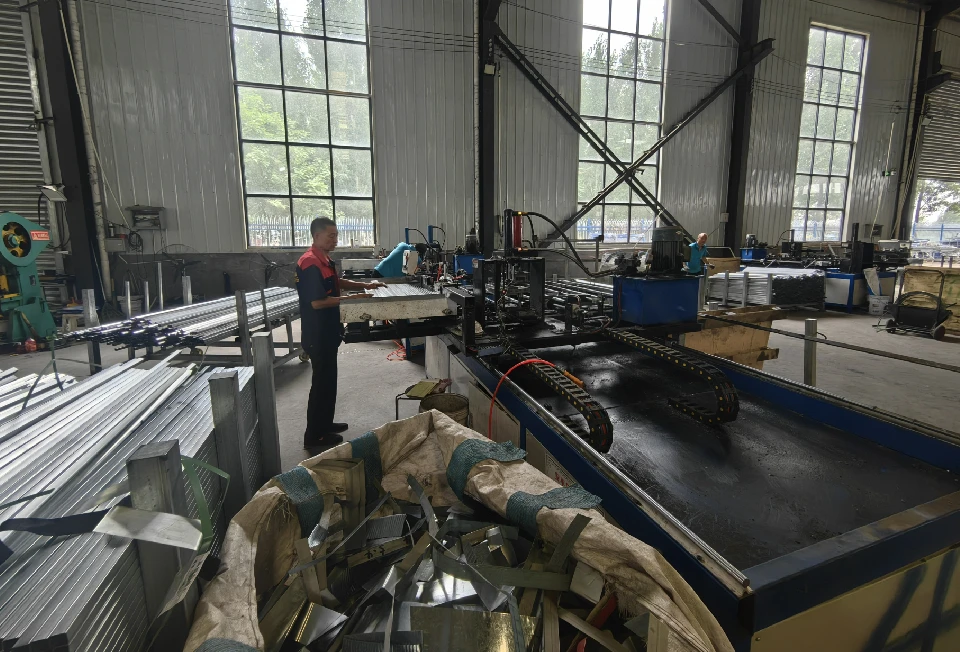Dec . 05, 2024 14:55 Back to list
concrete reo bar
The Use of Reinforced Concrete Bar in Modern Construction
In the realm of modern construction, the significance of materials cannot be overstated. Among these materials, concrete stands as a robust choice due to its exceptional compressive strength and durability. However, concrete alone has its limitations, particularly in tension. This is where the concept of reinforced concrete, specifically the use of reinforced bars (commonly known as rebar), comes into play. This article explores the essential role of rebar in concrete construction, its advantages, and its impact on structural integrity.
What is Reinforced Concrete?
Reinforced concrete is a composite material that combines the high compressive strength of concrete with the high tensile strength of steel. This combination allows for the construction of buildings, bridges, roads, and various structures that can withstand different types of forces. The primary component of reinforced concrete is concrete itself, which is made from a mixture of cement, water, sand, and aggregates. The addition of steel rebar enhances the material's performance by providing tensile strength that concrete lacks.
The Role of Rebar in Concrete Structures
The main function of rebar is to resist tensile stresses in concrete structures that would otherwise lead to cracks or structural failure. Concrete is naturally strong in compression but weak in tension. When a load is applied to a concrete beam, for example, the concrete experiences compression on the upper side and tension on the lower side. This is precisely where rebar becomes vital. By distributing tension forces across a broader area of the concrete element, rebar helps maintain the integrity of the structure under load.
Rebar can be categorized into different types based on its use and properties. Common types include carbon steel rebar, epoxy-coated rebar to prevent corrosion, and stainless steel rebar for more demanding applications. The choice of rebar type often depends on the environmental conditions and the nature of the project.
Advantages of Using Rebar in Concrete Construction
1. Enhanced Structural Integrity The primary advantage of using rebar is the improved tensile strength it provides. Structures reinforced with rebar can bear heavier loads and are better equipped to handle environmental stresses such as wind, earthquakes, and more.
concrete reo bar

2. Crack Prevention Concrete is prone to cracking as it cures and settles. The inclusion of rebar helps control and minimize these cracks, ensuring a longer lifespan for structures.
3. Flexibility in Design The use of rebar allows architects and engineers greater flexibility in designing complex structures. It enables thinner sections of concrete to support larger spans, opening up a wider array of design possibilities.
4. Durability Rebar increases the longevity of concrete structures. With proper corrosion protection, such as epoxy coating, rebar can withstand harsh environmental conditions, extending the life of the building significantly.
5. Cost-Effectiveness While the initial cost of reinforcing with steel may seem high, the long-term savings from reduced maintenance and replacement needs, along with improved durability, make it a cost-effective solution in the long term.
Environmental Considerations
As sustainability becomes a central focus in construction, the concrete industry is evolving. Innovations in rebar materials, such as using recycled steel or alternative materials, are being explored to reduce the carbon footprint of reinforced concrete structures. Additionally, incorporating techniques like using high-performance concrete mixtures can increase durability and reduce resource consumption.
Conclusion
The integration of rebar into concrete construction has transformed the industry, allowing for structures that are not only strong and durable but also tailored to meet the specific needs of modern architecture. As we advance into an era focused on sustainability and resilience, rebar will continue to play a critical role in ensuring the safety and longevity of our built environment. By understanding the importance of reinforced concrete and its components, we can appreciate the ingenuity that goes into constructing the world around us, ensuring that it can withstand the tests of nature and time.
-
Reinforcing Mesh: Core Material of the Construction Industry
NewsJul.07,2025
-
Welded Wire Fabric Reinvented for Modern Projects
NewsJul.04,2025
-
Superiority of Stainless Steel Woven Mesh
NewsJul.04,2025
-
Key Types of Razor Wire and Their Applications
NewsJul.04,2025
-
Durable Metal Fence Types for Security
NewsJul.04,2025
-
Best Materials for Livestock Fence
NewsJul.04,2025
products.







